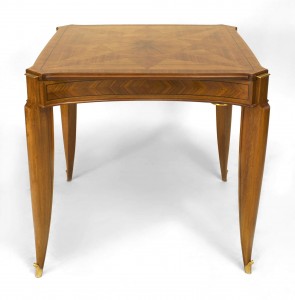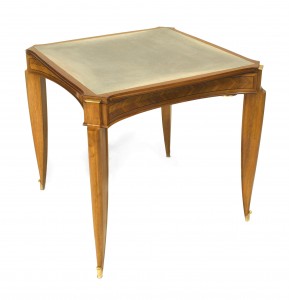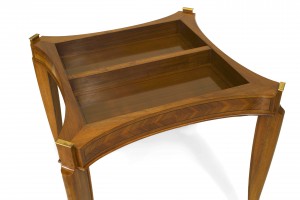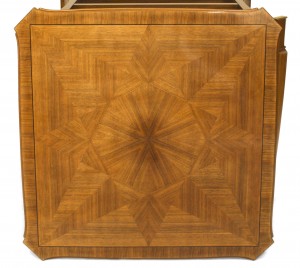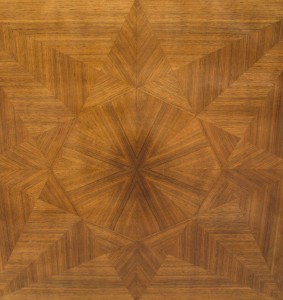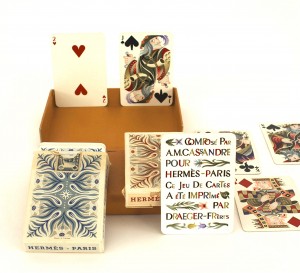X
{{ modalTitle }}
PLEASE FILL IN THE REQUIRED FIELDS.X
X
{{ modalTitle }}
Choose one of the options below.X
ITEM SUCCESSFULLY
ADDED TO PROJECT
French Art Deco Pascaud Light Mahogany Game Table
 Art Deco
Art Deco French
French Sporting/Gaming, Dining Room, Tables
Sporting/Gaming, Dining Room, Tables Game/toy, Tables, Game Tables
Game/toy, Tables, Game Tables
Newel Warehouse
32-00 Skillman Ave
Long Island City NY - 11101
 (212) 758-1970
(212) 758-1970
French Art Deco Pascaud Light Mahogany Game Table

Newel Warehouse
32-00 Skillman Ave
Long Island City NY - 11101
 (212) 758-1970
(212) 758-1970
 Sporting/Gaming, Dining Room, Tables
Sporting/Gaming, Dining Room, Tables Game/toy, Tables, Game Tables
Game/toy, Tables, Game Tables
About Jean Pascaud
Jean Pascaud (1903-1966) was a prominent French furniture and interior designer known for his elegant and innovative Art Deco creations. Born on June 27, 1903, in Paris, Pascaud developed a passion for design from an early age.
Pascaud began his career in the 1920s, working as a draftsman for various architectural firms in Paris. During this time, he honed his skills in architectural read more..
Art Deco
The Art Deco movement, a prominent force within the industrial design of the 1920's & 1930's was born shortly after the turn of the 20th century, when the decorative artist community in France, represented by the Societe Des Artistes, gained the same rights of authorship enjoyed by painters and sculptors. The style of Art Deco in architecture, furniture, fashion and art is known for vivid colors (inspired by early 20th century ballet set design) and geometric forms (inspired by Cubism). Art Deco was the style of luxury during its time, as it featured expensive materials and expert craftsmanship. and represented modernization. Eventually, Art Deco split into two rival schools of design, one following its tradition of luxury, and the other, eventually referred to as Streamline Moderne, embraced industrialization and mass production. A revival of interest in early and mid-20th century design has given new life, purpose and relevance of Art Deco design in the modern home.
Apron
A structural support placed at right angles to the underside of a shelf, chair seat, or table top to provide additional weight bearing strength and often decorative flourishes.
Inlay
Form of decoration which involves cutting small pieces of ivory, precious metals, mother-of-pearl, or wood which are then fitted into carved-out recesses of the same shape on a solid piece of furniture to create a picture or geometric design. Differs from marquetry which uses applied veneers.
Parquetry
Parquetry is a form of geometric mosaic composed of pieces of wood. The wooden pieces are typically different kinds and colors. This method is used to decorate floors, furniture, boxes, and other decorative objects.
Mahogany
Mahogany is a straight grained hard wood with silky texture, ranging in color from dark brown to red. Furniture made from mahogany became popular in Britain from Mid-18th Century on, spreading throughout Europe.
Art Deco
The Art Deco movement, a prominent force within the industrial design of the 1920's & 1930's was born shortly after the turn of the 20th century, when the decorative artist community in France, represented by the Societe Des Artistes, gained the same rights of authorship enjoyed by painters and sculptors. The style of Art Deco in architecture, furniture, fashion and art is known for vivid colors (inspired by early 20th century ballet set design) and geometric forms (inspired by Cubism). Art Deco was the style of luxury during its time, as it featured expensive materials and expert craftsmanship. and represented modernization. Eventually, Art Deco split into two rival schools of design, one following its tradition of luxury, and the other, eventually referred to as Streamline Moderne, embraced industrialization and mass production. A revival of interest in early and mid-20th century design has given new life, purpose and relevance of Art Deco design in the modern home.
Apron
A structural support placed at right angles to the underside of a shelf, chair seat, or table top to provide additional weight bearing strength and often decorative flourishes.
Inlay
Form of decoration which involves cutting small pieces of ivory, precious metals, mother-of-pearl, or wood which are then fitted into carved-out recesses of the same shape on a solid piece of furniture to create a picture or geometric design. Differs from marquetry which uses applied veneers.
Parquetry
Parquetry is a form of geometric mosaic composed of pieces of wood. The wooden pieces are typically different kinds and colors. This method is used to decorate floors, furniture, boxes, and other decorative objects.
Mahogany
Mahogany is a straight grained hard wood with silky texture, ranging in color from dark brown to red. Furniture made from mahogany became popular in Britain from Mid-18th Century on, spreading throughout Europe.
Art Deco
The Art Deco movement, a prominent force within the industrial design of the 1920's & 1930's was born shortly after the turn of the 20th century, when the decorative artist community in France, represented by the Societe Des Artistes, gained the same rights of authorship enjoyed by painters and sculptors. The style of Art Deco in architecture, furniture, fashion and art is known for vivid colors (inspired by early 20th century ballet set design) and geometric forms (inspired by Cubism). Art Deco was the style of luxury during its time, as it featured expensive materials and expert craftsmanship. and represented modernization. Eventually, Art Deco split into two rival schools of design, one following its tradition of luxury, and the other, eventually referred to as Streamline Moderne, embraced industrialization and mass production. A revival of interest in early and mid-20th century design has given new life, purpose and relevance of Art Deco design in the modern home.
Apron
A structural support placed at right angles to the underside of a shelf, chair seat, or table top to provide additional weight bearing strength and often decorative flourishes.
Inlay
Form of decoration which involves cutting small pieces of ivory, precious metals, mother-of-pearl, or wood which are then fitted into carved-out recesses of the same shape on a solid piece of furniture to create a picture or geometric design. Differs from marquetry which uses applied veneers.
Parquetry
Parquetry is a form of geometric mosaic composed of pieces of wood. The wooden pieces are typically different kinds and colors. This method is used to decorate floors, furniture, boxes, and other decorative objects.
Mahogany
Mahogany is a straight grained hard wood with silky texture, ranging in color from dark brown to red. Furniture made from mahogany became popular in Britain from Mid-18th Century on, spreading throughout Europe.




